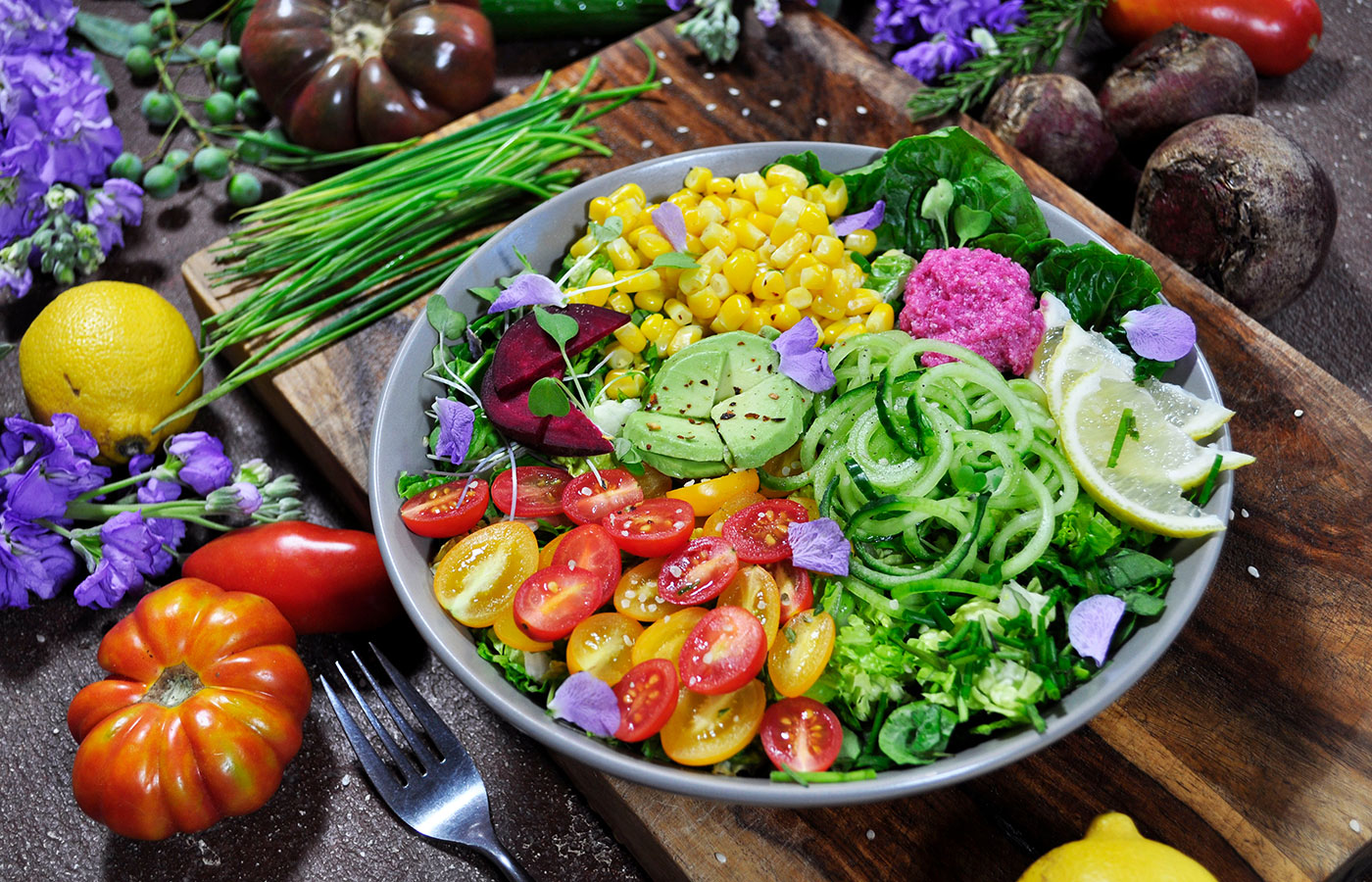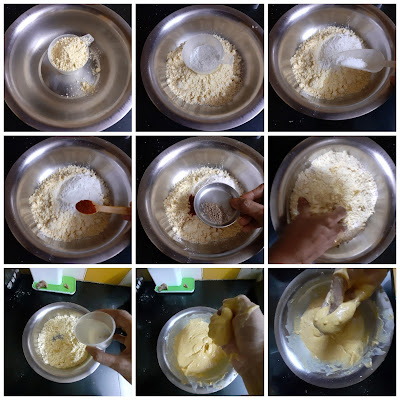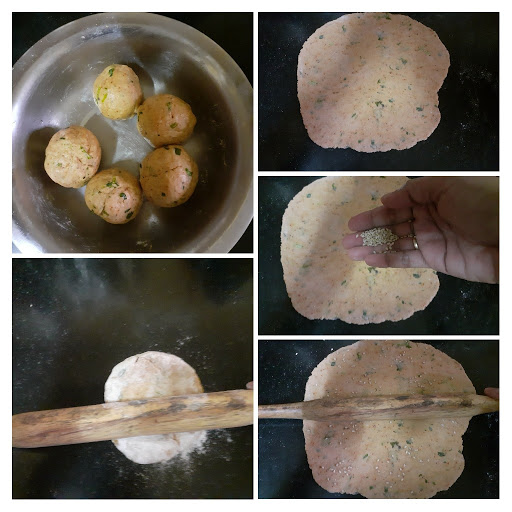Oatmeal Cookies are hearty and chunky cookies that are like granola bars in cookie form. Some days we are in a hurry or rush to get to work, and most times ignore our hunger pangs. This Cookie comes in handy. For those mid-morning or early evening hunger pangs this a healthy option to eat. Have fussy teenagers at home who skip breakfast for sleep😀? Ideal cookie for them.
I am giving you such a simple recipe that one bowl and all the mentioned ingredients are what you need. No mess, mix up everything in a single bowl, scoop the cookie dough into a baking sheet, and done.
These cookies can be stored at room temperature for a week and stay good in the refrigerator for 15 days. I prefer to make them in batches that last me a week or a fortnight. They are very simple to make so I don't mind the process of making them regularly.
This Cookie requires Almond flour/almond meal, which is not available at all stores. Amazon has it though and I ordered it from there. Regular flour will not work for these cookies and will make them doughy. These cookies are not the crunchy ones but the chewy type.
While you are here please check out my other recipes like Blueberry Cheesecake, Apple tea cake, Apple Crumble, Savoury Muffins, and more...
Here is the recipe for Oatmeal cookie-
Dry Ingredients:
Oats - 1 1/4 cup Instant or rolled (refer note1)
Almonds 1 handful or 50 gm
Cashewnuts 1 handful or 50 gm
Walnuts 1 handful or 50 gm
Raisins 1/2 cup
Almond flour 3/4 cup (refer note2)
Cinnamon powder 1 tsp
Baking powder 1/2 tsp
Desiccated coconut 1/4 cup
Wet Ingredients:
Dates 100 gm pitted or 15 numbers after pitting
Hot water 1/4 cup or just enough to soak the dates
Honey 3 tbsp
Egg 1
Coconut oil or Olive oil 3 tbsp
Vanilla essence (optional)
Directions:
Soak the pitted dates in hot water, just until they are submerged. Preheat oven to 180 degrees for 10 minutes. While the oven is getting hot let's get the Cookie dough ready. Take the instant Oats and dry roast them on low flame for 3 minutes. We don't want to brown them, but just make them a little crisp. Keep feeling the oats with your fingers, when they hot enough and your fingers can't stand the heat, switch off the flame and let it cool while we get other things ready. Dry roast the Almonds, Cashewnuts, and walnuts, cool them slightly, and pulse them a single time in the blender. We want them to be partly broken.
The dates would have softened by now. Take a spatula or wired whisk and mash it to a smooth puree. Add all other ingredients mentioned under wet ingredients and combine well with a spatula. Add the dry ingredients to this mixture and mix well, such that all are well integrated. Now what you have at hand is a thick batter.
Line a baking tray with parchment paper or baking paper and grease lightly. Now with an ice cream scoop or a deep round spatula scoop the batter and place them on the baking sheet, giving an inch distance(these cookies do not spread much) between them. Bake at 180 degrees for 30 minutes or until they turn golden brown. Do the skewer/toothpick test if in doubt. (prick through the center, if it comes out clean without any batter, the cookie is done). Enjoy the cookies with a hot cup of coffee, tea, or hot chocolate. Bon Appetit.
STEPWISE RECIPE FOLLOWS:
1. Soak the pitted dates in hot water, just until they are submerged. Preheat oven to 180 degrees for 10 minutes. Take the instant Oats and dry roast them on low flame for 3 minutes. Keep feeling the oats with your fingers, when they hot enough and your fingers can't stand the heat, switch off the flame and let it cool.
2. Dry roast the Almonds, Cashewnuts, and walnuts, cool them slightly and pulse them a single time in the blender. We want them to be partly broken.
3. Now take a spatula or a wired whisk and mash the dates to a smooth puree. Add all other ingredients mentioned under wet ingredients and combine well with a spatula.
4. Mix in the dry ingredients into this mixture and combine well until all are well integrated. We will have a sticky dough.
5. Line a baking tray with parchment paper or baking paper and grease lightly. Now with an ice cream scoop or a deep round spatula scoop the batter and place them on the baking sheet, giving an inch distance(these cookies do not spread much) between them. Flatten the cookies with a spatula slightly. Bake at 180 degrees for 30 minutes or until they turn golden brown.
NOTES:
1. I have dry roasted the Oats as they are the instant ones. If using rolled oats, roasting is not required.
2. Almond flour can be made at home also by blanching almonds, dry them, and then grinding to a fine powder.
3. If one doesn't mind the skin of the almonds they can be directly ground to a fine powder.
4. I have added the Cinnamon powder at the end along with the dry ingredients.


























































